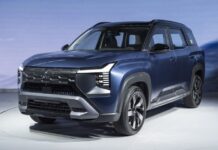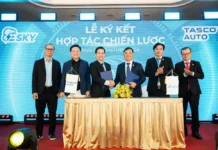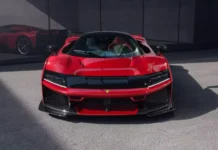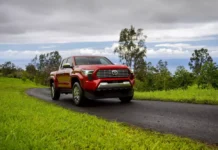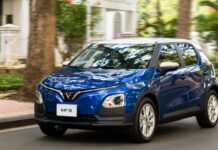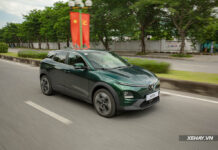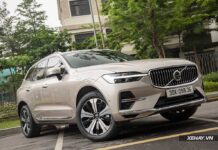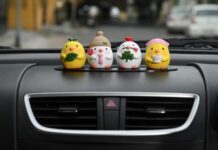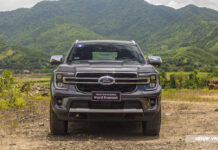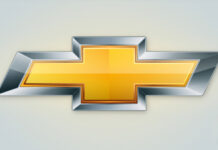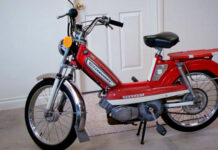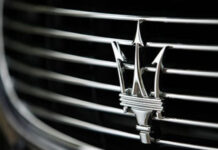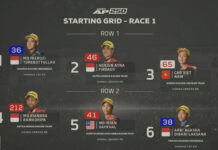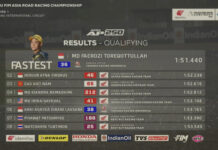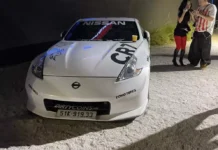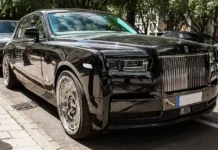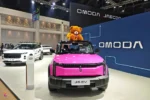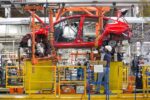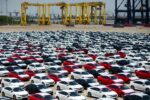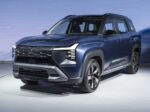China’s automotive market is renowned for its vast array of brands, making it challenging for many to grasp the full landscape. Recently, analyst Felipe Munoz compiled a detailed chart, shedding light on the ownership structure of the industry in this nation. However, delving into this chart may raise more questions than it answers.
According to Munoz, the four largest conglomerates—Geely, BYD, Chery, and Changan—account for a staggering 56% of total car sales in China. Notably, Chery and Changan are state-owned enterprises.
Who Owns Whom?
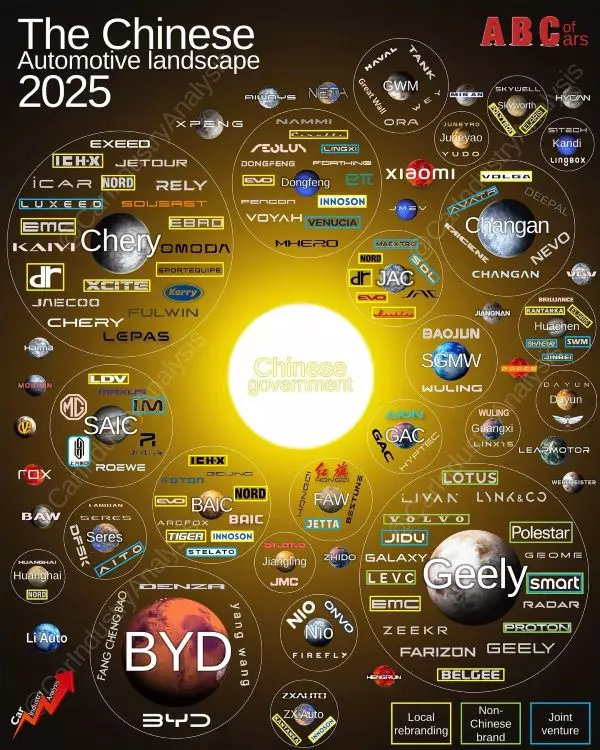
Chery’s ecosystem encompasses a multitude of brands: Fulwin, Omoda, Jetour, Exeed, iCar, Luxeed, Jaecoo, Rely, and the flagship Chery brand itself.
Changan oversees Avatr, Deepal, Nevo, Volga, and Kaicheng.
Geely stands out with its diverse portfolio: Zeekr, Proton, Farizon, LEVC, Galaxy, Volvo, Lotus, Lynk & Co, Polestar, Smart, Geome, Belgee, and Radar.
BYD, on the other hand, maintains a simpler structure, comprising BYD, Denza, Yangwang, and Fang Cheng Bao.
Beyond the “Big 4,” other significant conglomerates wield considerable influence: SAIC (owner of MG, LDV, Maxus, IM, Roewe), JAC (Maextro, JAC, Evo, Nord), BAIC (Arcfox, Foton, Tiger, Stelato), and Dongfeng (MHero, Voyah, Lingxi, Nammi, Venucia).
Several notable startups remain independent, yet to be acquired: Nio (with its sub-brands Onvo and Firefly), Leapmotor, Xpeng, Aiways, Neta, Xiaomi, Li Auto, and Rox.
Ranking Brands by Market Position
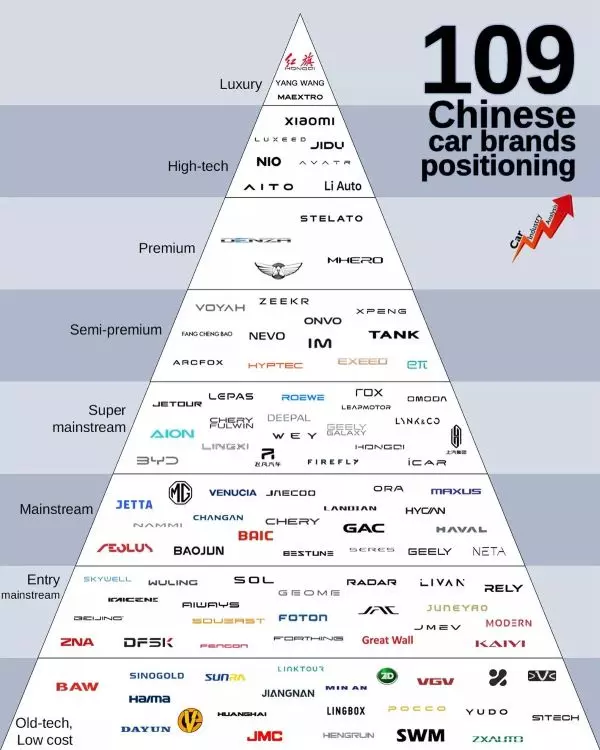
Munoz also unveiled a pyramid-shaped chart, categorizing 109 brands by their market position.
– At the pinnacle are ultra-luxury brands like Hongqi, Yangwang, and Maextro.
– Just below are high-tech challengers including Xiaomi, Nio, and Li Auto.
– The next tier features premium and near-premium brands such as Stelato, Denza, Zeekr, and Xpeng.
– At the base of the pyramid are budget brands with limited recognition outside China, like Sinogold, Hima, and Pocco, facing the risk of obsolescence as consumers shift towards more modern, connected vehicles.
The Harsh Survival Test
Munoz predicts that it’s unlikely all current brands will survive the next decade. While major conglomerates will persist, many subsidiary brands may face consolidation or elimination—a fate similar to Western brands like Pontiac, Oldsmobile, and Autobianchi, which have faded over time.
Nonetheless, it’s clear that Chinese automakers will continue to play a pivotal role in the global automotive industry for years to come.


